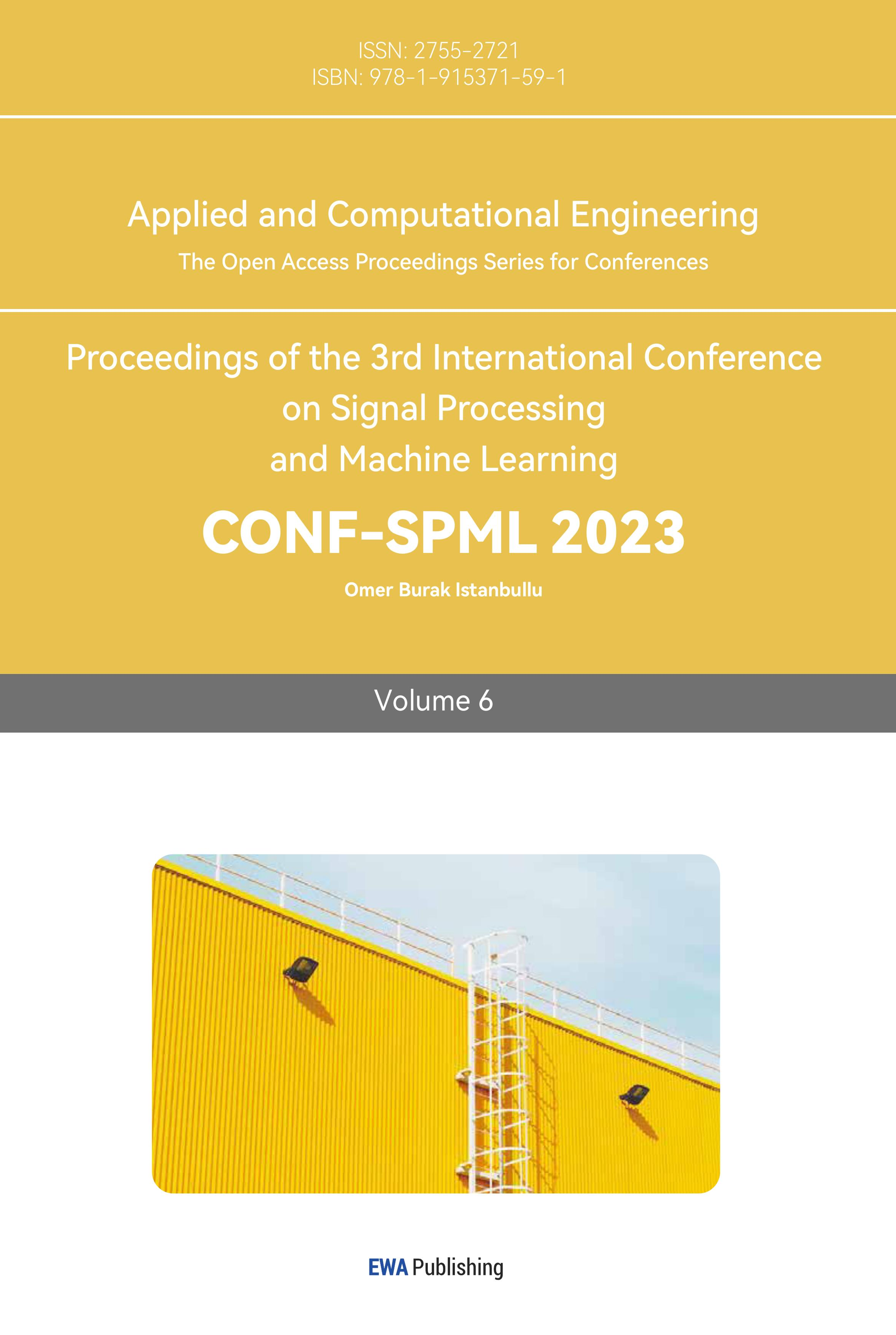References
[1]. I. Meyer, S. Kaniovski, and J. Scheffran, “Scenarios for regional passenger car fleets and their co 2 emissions,” Energy Policy, vol. 41, pp. 66–74, 2012.
[2]. R. J. Javid, A. Nejat, and K. Hayhoe, “Quantifying the environmental impacts of increasing high occupancy vehicle lanes in the united states,” Transp. Res. D, vol. 56, pp. 155–174, 2017.
[3]. He, W, Kai, H, Li, D. Intelligent carpool routing for urban ridesharing by mining GPS trajectories. IEEE Trans Intell Transp Syst 2014; 15(5): 2286–2296.
[4]. Zhao T, Yang Y, Wang E. Minimizing the average arriving distance in carpooling. International Journal of Distributed Sensor Networks. January 2020. doi:10.1177/1550147719899369
[5]. Y. Duan, G. Gao, M. Xiao and J. Wu, “A Privacy-Preserving Order Dispatch Scheme for Ride-Hailing Services,” 2019 IEEE 16th International Conference on Mobile Ad Hoc and Sensor Systems (MASS), 2019, pp. 118-126
[6]. T. Oda and C. Joe-Wong, “Movi: A model-free approach to dynamic fleet management,” arXiv preprint arXiv:1804.04758, 2018.
[7]. R. Geisberger, D. Luxen, S. Neubauer, P. Sanders, and L. Volker, “Fast detour computation for ride sharing.” OpenAccess Series in Informatics, vol. 14, pp. 88–99, 01 2010.
[8]. S. Zhang, Q. Ma, Y. Zhang, K. Liu, T. Zhu, and Y. Liu, “Qashare: Towards efficient qos-aware dispatching approach for urban taxi-sharing,” in Proceedings of the IEEE SECON 2015, pp. 533–541.
[9]. F. Buchholz, “The carpool problem,” Citeseer, Tech. Rep., 1997.
[10]. Y. Duan, T. Mosharraf, J. Wu, and H. Zheng, “Optimizing carpool scheduling algorithm through partition merging,” in IEEE ICC, 2018.
[11]. N. Agatz, A. Erera, M. Savelsbergh, and X. Wang, “Optimization for dynamic ridesharing: A review,” European Journal of Operational Research, vol. 223, no. 2, pp. 295–303, 2012.
[12]. A. Shoemaker, S. Vare, “Edmonds’ Blossom Algorithm,” Standford University, CME 323, 2016.
[13]. S. Micali, V. Vazirani, “An O(√V E) algorithm for finding maximum matching in general graphs,” 21st IEEE FOCS, pp. 17–27, 1980.
Cite this article
Wen,A.;Xu,J.;Chen,S.;Wu,R.;Lin,Y. (2023). An improved partition merging algorithm to account for maximum waiting time in carpools. Applied and Computational Engineering,6,982-991.
Data availability
The datasets used and/or analyzed during the current study will be available from the authors upon reasonable request.
Disclaimer/Publisher's Note
The statements, opinions and data contained in all publications are solely those of the individual author(s) and contributor(s) and not of EWA Publishing and/or the editor(s). EWA Publishing and/or the editor(s) disclaim responsibility for any injury to people or property resulting from any ideas, methods, instructions or products referred to in the content.
About volume
Volume title: Proceedings of the 3rd International Conference on Signal Processing and Machine Learning
© 2024 by the author(s). Licensee EWA Publishing, Oxford, UK. This article is an open access article distributed under the terms and
conditions of the Creative Commons Attribution (CC BY) license. Authors who
publish this series agree to the following terms:
1. Authors retain copyright and grant the series right of first publication with the work simultaneously licensed under a Creative Commons
Attribution License that allows others to share the work with an acknowledgment of the work's authorship and initial publication in this
series.
2. Authors are able to enter into separate, additional contractual arrangements for the non-exclusive distribution of the series's published
version of the work (e.g., post it to an institutional repository or publish it in a book), with an acknowledgment of its initial
publication in this series.
3. Authors are permitted and encouraged to post their work online (e.g., in institutional repositories or on their website) prior to and
during the submission process, as it can lead to productive exchanges, as well as earlier and greater citation of published work (See
Open access policy for details).
References
[1]. I. Meyer, S. Kaniovski, and J. Scheffran, “Scenarios for regional passenger car fleets and their co 2 emissions,” Energy Policy, vol. 41, pp. 66–74, 2012.
[2]. R. J. Javid, A. Nejat, and K. Hayhoe, “Quantifying the environmental impacts of increasing high occupancy vehicle lanes in the united states,” Transp. Res. D, vol. 56, pp. 155–174, 2017.
[3]. He, W, Kai, H, Li, D. Intelligent carpool routing for urban ridesharing by mining GPS trajectories. IEEE Trans Intell Transp Syst 2014; 15(5): 2286–2296.
[4]. Zhao T, Yang Y, Wang E. Minimizing the average arriving distance in carpooling. International Journal of Distributed Sensor Networks. January 2020. doi:10.1177/1550147719899369
[5]. Y. Duan, G. Gao, M. Xiao and J. Wu, “A Privacy-Preserving Order Dispatch Scheme for Ride-Hailing Services,” 2019 IEEE 16th International Conference on Mobile Ad Hoc and Sensor Systems (MASS), 2019, pp. 118-126
[6]. T. Oda and C. Joe-Wong, “Movi: A model-free approach to dynamic fleet management,” arXiv preprint arXiv:1804.04758, 2018.
[7]. R. Geisberger, D. Luxen, S. Neubauer, P. Sanders, and L. Volker, “Fast detour computation for ride sharing.” OpenAccess Series in Informatics, vol. 14, pp. 88–99, 01 2010.
[8]. S. Zhang, Q. Ma, Y. Zhang, K. Liu, T. Zhu, and Y. Liu, “Qashare: Towards efficient qos-aware dispatching approach for urban taxi-sharing,” in Proceedings of the IEEE SECON 2015, pp. 533–541.
[9]. F. Buchholz, “The carpool problem,” Citeseer, Tech. Rep., 1997.
[10]. Y. Duan, T. Mosharraf, J. Wu, and H. Zheng, “Optimizing carpool scheduling algorithm through partition merging,” in IEEE ICC, 2018.
[11]. N. Agatz, A. Erera, M. Savelsbergh, and X. Wang, “Optimization for dynamic ridesharing: A review,” European Journal of Operational Research, vol. 223, no. 2, pp. 295–303, 2012.
[12]. A. Shoemaker, S. Vare, “Edmonds’ Blossom Algorithm,” Standford University, CME 323, 2016.
[13]. S. Micali, V. Vazirani, “An O(√V E) algorithm for finding maximum matching in general graphs,” 21st IEEE FOCS, pp. 17–27, 1980.









